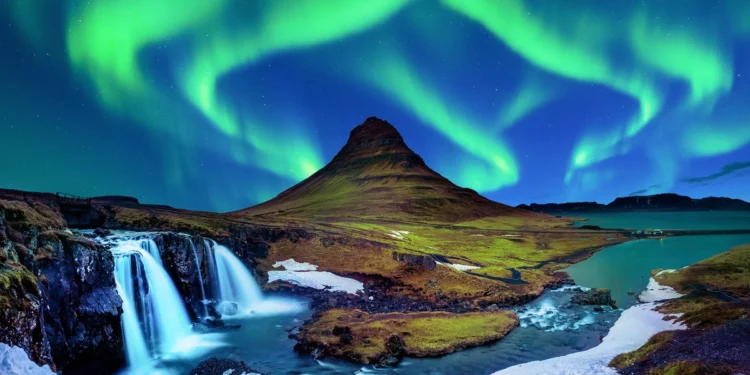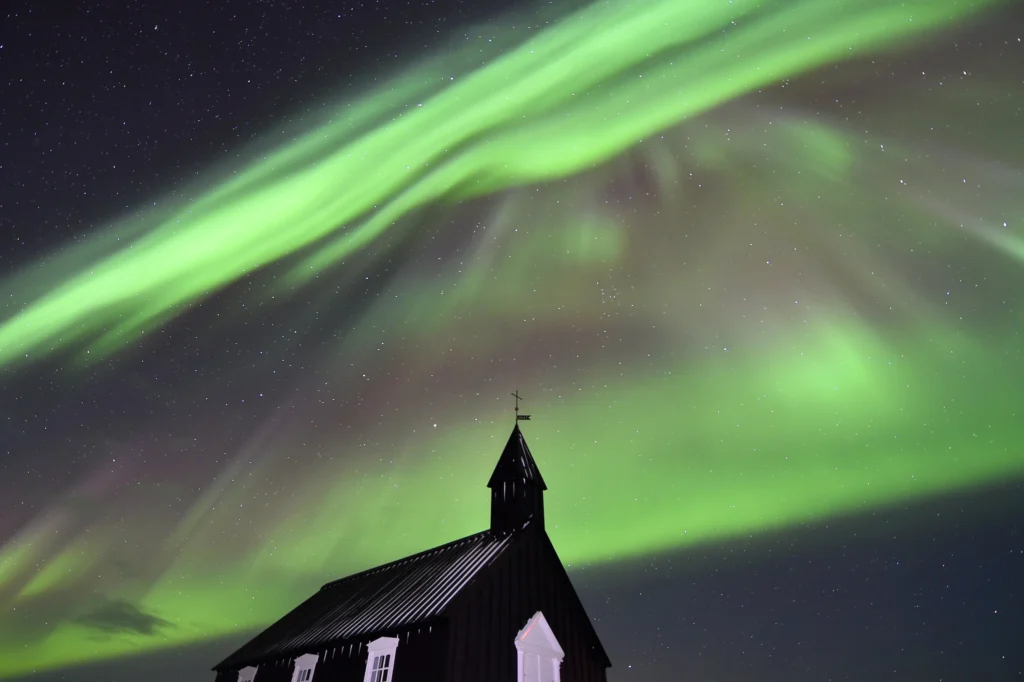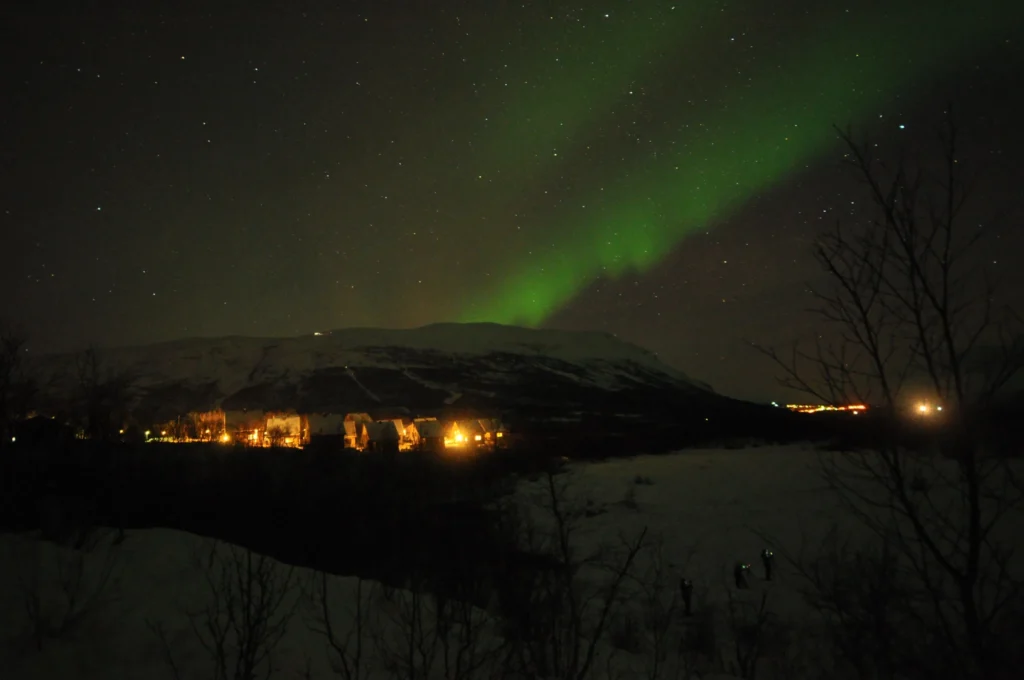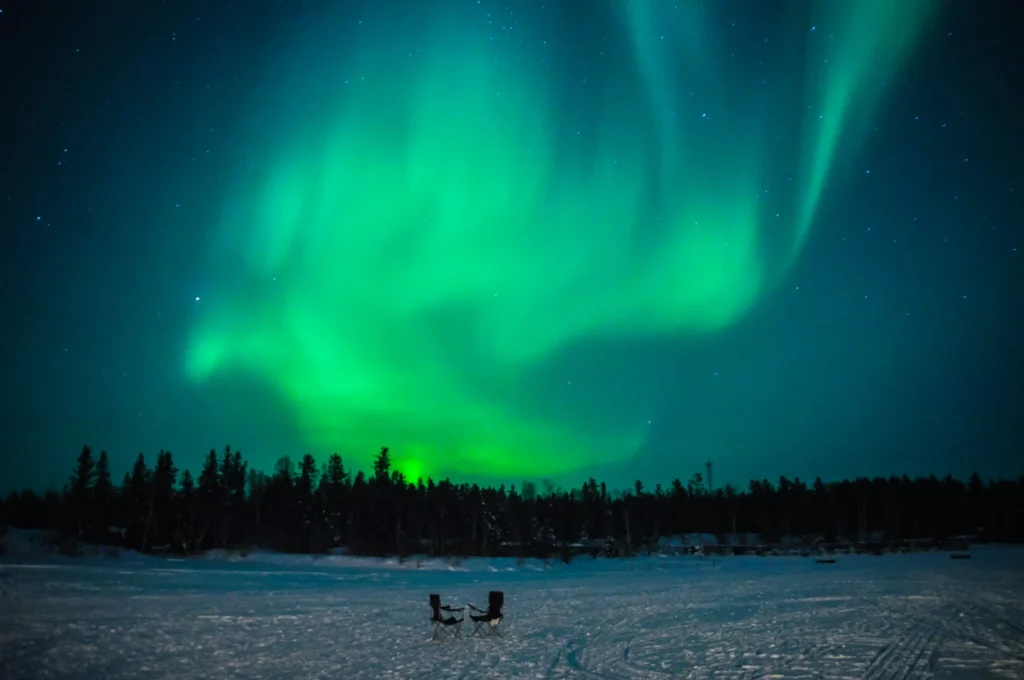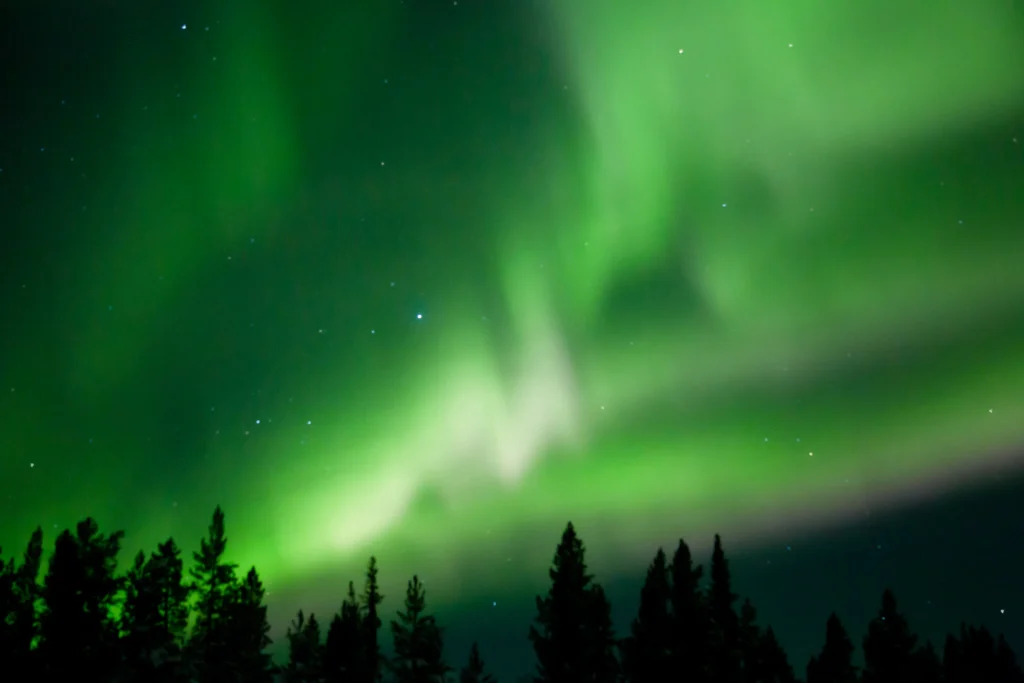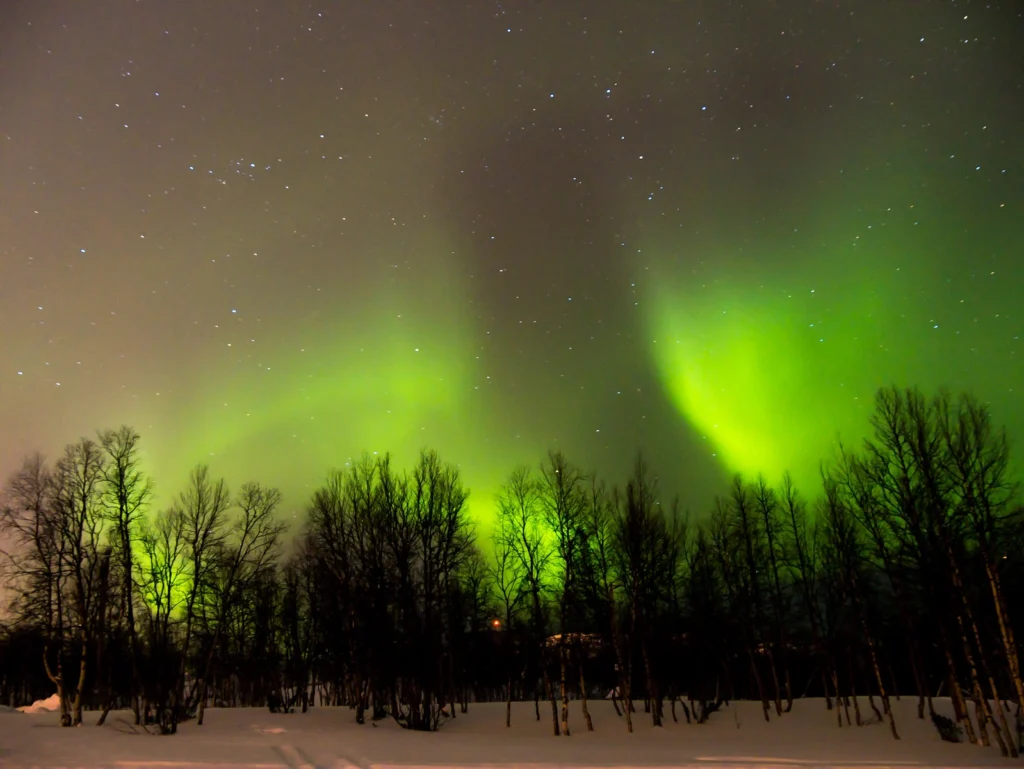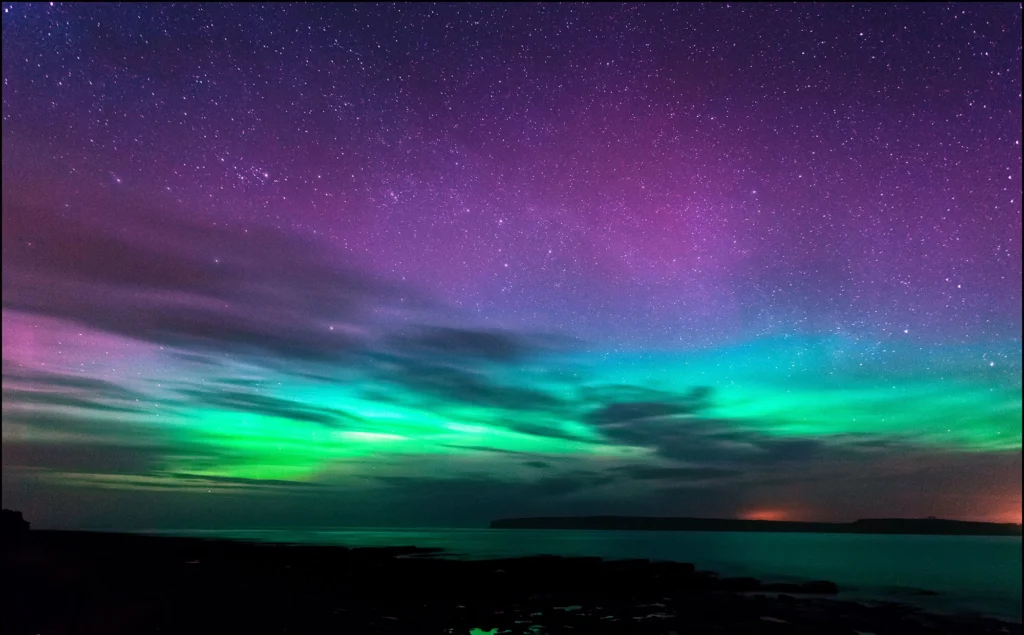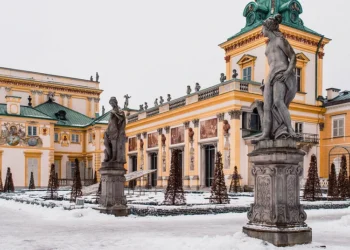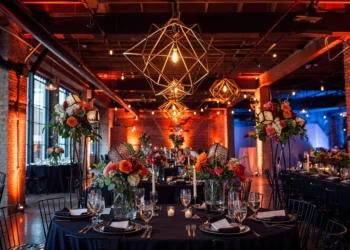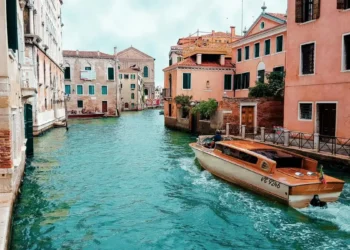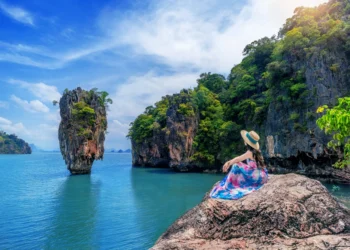Travelers don’t often get the chance to see the Northern Lights (or Aurora Borealis). Such magical displays take place at high latitudes near the Arctic and Antarctic. These are the best places to see the Northern Lights along with helpful information on how to plan your visit:
Table of Contents
1. Tromsø, Norway
Why It’s Great:
- Location: Just above the Arctic Circle at the center of the aurora zone.
- Accessibility: Excellent air connectivity via Tromsø Airport as a hub.
- Amenities: Offers a variety of tours, hotels, and cultural activities.
Best Time to Visit:
- September to April: Busiest tourist season with long and dark nights.
Highlights:
- Fjellheisen Cable Car: It takes you on an amazing view of Tromso and surrounding mountains, which is great for looking for the aurora.
- Polar Museum & Arctic Cathedral: Pair your aurora hunt with some culture.
- Chase Tours: Guided tours that maximize your chances of seeing the lights by traveling to the best spots depending on the weather forecast.
Tips:
- Dress warmly, layers are recommended as the temperature is very cold.
- Visit for at least a few nights so you can see as much as possible.
2. Fairbanks, Alaska, USA
Why It’s Great:
- Geographical Advantage: Under the “Auroral Oval,” there is regular, heavy auroral activity in Fairbanks.
- Infrastructure: Well provided with tour guides and nice rooms.
Best Time to Visit:
- Late August to April: Peak season September through March.
Highlights:
- Chena Hot Springs: Take a bath in the natural hot spring and witness the lights.
- Aurora Ice Museum: A unique destination for ice sculptures and auroral science.
- University of Alaska Fairbanks Geophysical Institute: Provides aurora forecast and education.
Tips:
- Be sure to book a glass-roofed cabin or a remote lodge so you can watch from above.
- Engage with local activities such as dog sledding or snowmobiling for a true Arctic feel.
3. Reykjavik and Surrounding Areas, Iceland
Why It’s Great:
- Unique Landscapes: Combines aurora viewing with spectacular volcanic scenery, waterfalls and glaciers.
- Accessibility: Reykjavik is accessible with a number of accommodation and tour options.
Best Time to Visit:
- September to mid-April: The darkest and longest nights.
Highlights:
- Thingvellir National Park: A UNESCO World Heritage Site with wide open skies without artificial light.
- Jökulsárlón Glacier Lagoon: Icebergs give an impressive backdrop to the aurora.
- Northern Lights Tours: Bus tours, super jeep tours, and boat trips are the various methods for seeing the Northern Lights.
Tips:
- Hire a car so you can move around more in search of blue skies.
- Be prepared for rapidly shifting weather.
4. Abisko, Sweden
Why It’s Great:
- Abisko National Park: Known for its clear skies and lack of light pollution.
- Aurora Sky Station: One of the best places in the world to see the Northern Lights, accessible by a chairlift.
Best Time to Visit:
- November to March: The peak auroral periods.
Highlights:
- Aurora Sky Station: Guided tours, expert talks, and lounges for viewing.
- Scenic Landscapes: It is surrounded by mountains, lakes, and forests, so it can be explored during the day.
- Icehotel in Nearby Jukkasjärvi: Extend your stay and check out this unique ice hotel.
Tips:
- Reserve the Aurora Sky Station early, it fills up fast during busy seasons.
- Go for daytime activities such as cross-country skiing or snowshoeing.
5. Yellowknife, Canada
Why It’s Great:
- Geographical Position: Immediately under the auroral oval, very often and intensely displayed.
- Community Support: Great local focus on aurora tourism and numerous tour companies.
Best Time to Visit:
- Mid-August to late April: Highest numbers from February to March.
Highlights:
- Aurora Village: Outdoor viewing area with traditional teepees, heated seats, and storytelling.
- Cameron Falls: A great place to photograph the aurora reflecting on the water.
- Ice Roads and Winter Activities: Combine your visit with activities such as ice fishing and snowmobiling.
Tips:
- Try to go when the moon is new and the sky is darker and clearer.
- Hire local guides who can guide you, give you information and improve your chances of seeing the northern lights.
6. Rovaniemi, Finland
Why It’s Great:
- Lapland Location: A combination of aurora-watching and classic Arctic experiences.
- Santa Claus Village: This unique attraction is great for families.
Best Time to Visit:
- Late August to April: Best chances between September and March.
Highlights:
- Glass Igloos: Access through glass cabins where you can enjoy the aurora while lying in bed.
- Snow Hotels and Wilderness Lodges: Live like a royal with an Arctic flair.
- Northern Lights Safaris: Snowmobile, reindeer sleigh and husky adventures available.
Tips:
- You can combine viewing auroras with other winter activities such as ice fishing or exploring Sami culture.
- You should check the aurora forecast often and be ready to make a quick getaway.
7. Svalbard, Norway
Why It’s Great:
- High Latitude: One of the northernmost inhabited locations with long aurora seasons.
- Polar Night: Between November and January, the sun doesn’t rise, so long dark hours are perfect for seeing the auroras.
Best Time to Visit:
- October to March: Darkness and high auroral activity.
Highlights:
- Long Polar Nights: Maximum darkness allows you to see the aurora.
- Unique Wildlife: You can see polar bears, Arctic foxes, and other wildlife.
- Remote Wilderness: Very low light pollution makes for the perfect view.
Tips:
- It is a remote destination, so consider logistics and guided tours to ensure safety.
- Be prepared for extreme cold and very short daylight.
8. Murmansk, Russia
Why It’s Great:
- Accessible Arctic City: Includes urban facilities as well as aurora tours.
- Cultural Experiences: A long history and distinctive Russian Arctic culture.
Best Time to Visit:
- Late September to early April: Best chances between December to March.
Highlights:
- Aurora Viewing Tours: Local operators offer trips to the best viewing locations outside the city.
- Khibiny Mountains: Natural settings with an inviting scenery for the lights.
- Pomorie Beach: Special locations on the coast for aurora photography.
Tips:
- Make sure you have all the visas and authorizations required to visit Russia.
- Learn basic Russian. English is not commonly used outside tourist spots.
9. Kiruna, Sweden
Why It’s Great:
- Mining Town with Rich Culture: Industrial history mixed with natural beauty.
- Proximity to Abisko: Not far from one of Sweden’s best aurora viewing locations.
Best Time to Visit:
- September to March: Best months for frequent auroral activity.
Highlights:
- Icehotel in Jukkasjärvi: Explore the famous ice building for a unique trip.
- Sami Culture: Experience the native Sami people and their culture.
- Snowhotel and Aurora Camp: Spacious facilities for the viewing of Aurora.
Tips:
- Use the town’s facilities to arrange guided tours and excursions.
- Combine aurora-watching with exploring nearby attractions such as the Kiruna Church and LKAB’s iron ore mine.
10. Scotland’s Northern Highlands
Why It’s Great:
- Accessibility from Europe: More accessible to those who are already in Europe than other, more remote, Arctic regions.
- Mild Climate: Much less cold, but clear nights can yield dazzling auroras.
Best Time to Visit:
- Late September to April: Nights longest and the sky darkest.
Highlights:
- Cairngorms National Park: Open skies and low light pollution.
- Isle of Skye: Dramatic scenery which enhances the aurora experience.
- The Pentland Firth: Coastal landscapes with wide-open horizons.
Tips:
- The Arctic is less predictable, but keeping track of geomagnetic activity can give you a better chance.
- Try to combine aurora sightings with touring the beautiful scenery and historical treasures of Scotland.
General Tips for Aurora Borealis Viewing
- Check the Aurora Forecast:
- Monitor the geomagnetic field through websites or apps, such as the Space Weather Prediction Center or Aurora Forecast.
- Choose the Right Time:
- Try to schedule sessions around the new moon to minimize light interference.
- Clear and dark skies are essential. Try to skip nights with heavy cloud cover.
- Stay Warm:
- Wear thermals, waterproof clothes and warm shoes.
- Pack hats, gloves, and scarves to make yourself comfortable during extended viewing sessions.
- Be Patient and Flexible:
- Aurora’s activity can be unpredictable. Prepare to wait and perhaps change places depending on the weather.
- Capture the Moment:
- Get a tripod and a long-exposure camera.
- Learn simple night photography skills so you can catch the lights.
- Stay Safe:
- If you go somewhere remote, let someone know.
- Watch the animals and the environment.
- Combine with Local Activities:
- Enjoy activities such as dog sledding, ice fishing, snowmobiling or exploring local history and cuisine.
The experience of viewing the Northern Lights is as much about the scenery as it is about the experiences and landscapes you encounter when you visit these places. Whether you’re more inclined to the comfort and accessibility of Tromso and Fairbanks or the highlands of Svalbard and Abisko, each place provides enough natural and cultural delights to set your aurora voyage in unforgettable ways.
